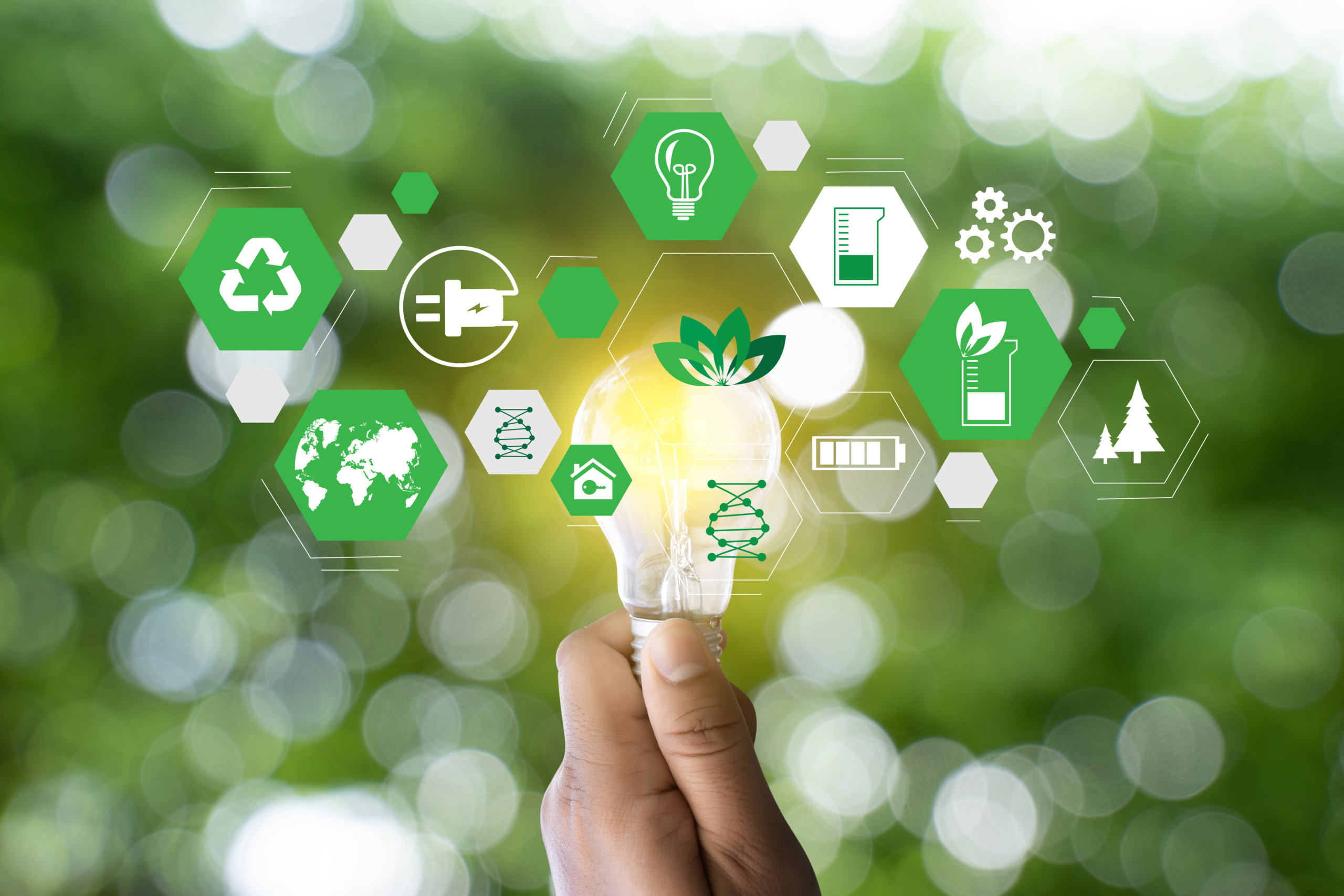DNV warns electrification ‘not enough’ to meet net zero
DNV’s 2021 Energy Transition Outlook has concluded that even if all electricity was ‘green’ from now onwards, the world would still be unable to meet its net zero 2050 target.

Now in its fifth year, the report provides an independent forecast of global energy developments toward 2050. It claims that the pandemic has been a ‘lost opportunity’ for speeding up the energy transition, as Covid-19 recovery packages have mainly focused on protecting rather than transforming existing industries.
The COP21 Paris Agreement was intended to keep global warming to ‘well below 2°C’ and limit its increase to 1.5°C, however DNV’s report forecasts global emissions to reduce by only nine per cent by 2030 with the 1.5°C carbon budget agreed by global economies emptied by then.
Despite electrification being on course to double in size within a generation, with renewables recognised as the most competitive source of new power, the DNV said that the transition remains ‘definitively not fast enough’ for the world to achieve its net zero goal and that the planet will ‘most likely’ reach global warming of 2.3°C by the end of the century.
Register now to continue reading
Thanks for visiting The Engineer. You’ve now reached your monthly limit of news stories. Register for free to unlock unlimited access to all of our news coverage, as well as premium content including opinion, in-depth features and special reports.
Benefits of registering
-
In-depth insights and coverage of key emerging trends
-
Unrestricted access to special reports throughout the year
-
Daily technology news delivered straight to your inbox










UK Enters ‘Golden Age of Nuclear’
The delay (nearly 8 years) in getting approval for the Rolls-Royce SMR is most worrying. Signifies a torpid and expensive system that is quite onerous...